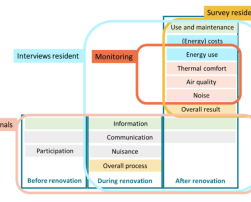
Monitoring the energy performance of buildings is crucial to determine the effect and magnitude of the efforts to decrease the environmental impact of the built environment.

Monitoring the energy performance of buildings is crucial to determine the effect and magnitude of the efforts to decrease the environmental impact of the built environment.
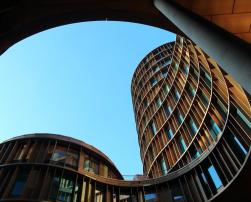
This article summarises the fundamental concepts of the human-building interaction, highlights the added value of integrating advanced occupant behaviour models, and points out the most important aspects required to guide practitioners towards proper integration.

Building Integrated Photovoltaics (BIPV) can contribute to accelerate the global energy transition, producing electricity from renewable energy sources directly in the buildings. Eurac Research developed a tool to support architects and other designers in this task.

Are roof spaces well exploited? How do they contribute to the efficiency of buildings? This article proposes several ways of redesigning roofs to enhance Sustainability parameters such as Renewable PV production, energy savings, thermal comfort, water use reduction and leisure areas.

Digitalisation and digital technologies present a great opportunity for Heritage Conservation, particularly regarding our Built Heritage and its sustainable use. Professionals are needed who can understand and quantify the complex physical processes required with the help of digital tools and will collaborate with their analysis to interdisciplinary dialogue before any conservation-related decision is made.
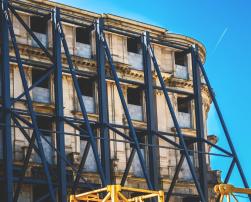
How can the renovation rate be improved? Brussels Leopold neighbourhood is used as case study to present the definition and analysis of the existing building typologies and their components as a valuable option while also improving the impact and efficiency of early design stage retrofitting decisions.
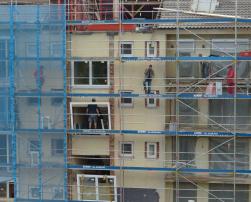
The PLURAL project developed key technologies, called Plug-and-Use kits (‘PnU kits’), for the deep renovation of EU buildings, aiming at reaching the goal of near-zero energy buildings (NZEB). A data mining algorithm is utilised to find all minimal configuration settings of a PnU kit that practically ensures the NZEB status of the building after the configuration is installed.

Experts from the IEA SHC Task 59 and the Interreg project, ATLAS, make available a range of more than 130 energy retrofit solutions for historic buildings – via the best practice collection in the HiBERatlas and the online decision guidance of the HiBERtool.
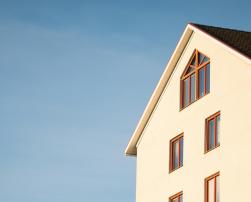
According to some simulation-based analyses carried out in specific climates, building characteristics, and urban contexts, the annual energy demand could be reduced by up to 69% if the thermal properties of opaque building envelopes can be adjusted and controlled.
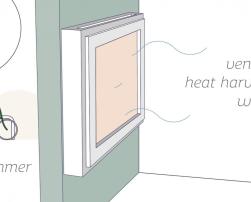
Within the context of the ENVISION project, different technologies have been developed aiming to harvest energy while being integrated into the façade of buildings. This paper reports their performance, focussing on solar façade collectors coupled with Heat Pumps and PV windows.